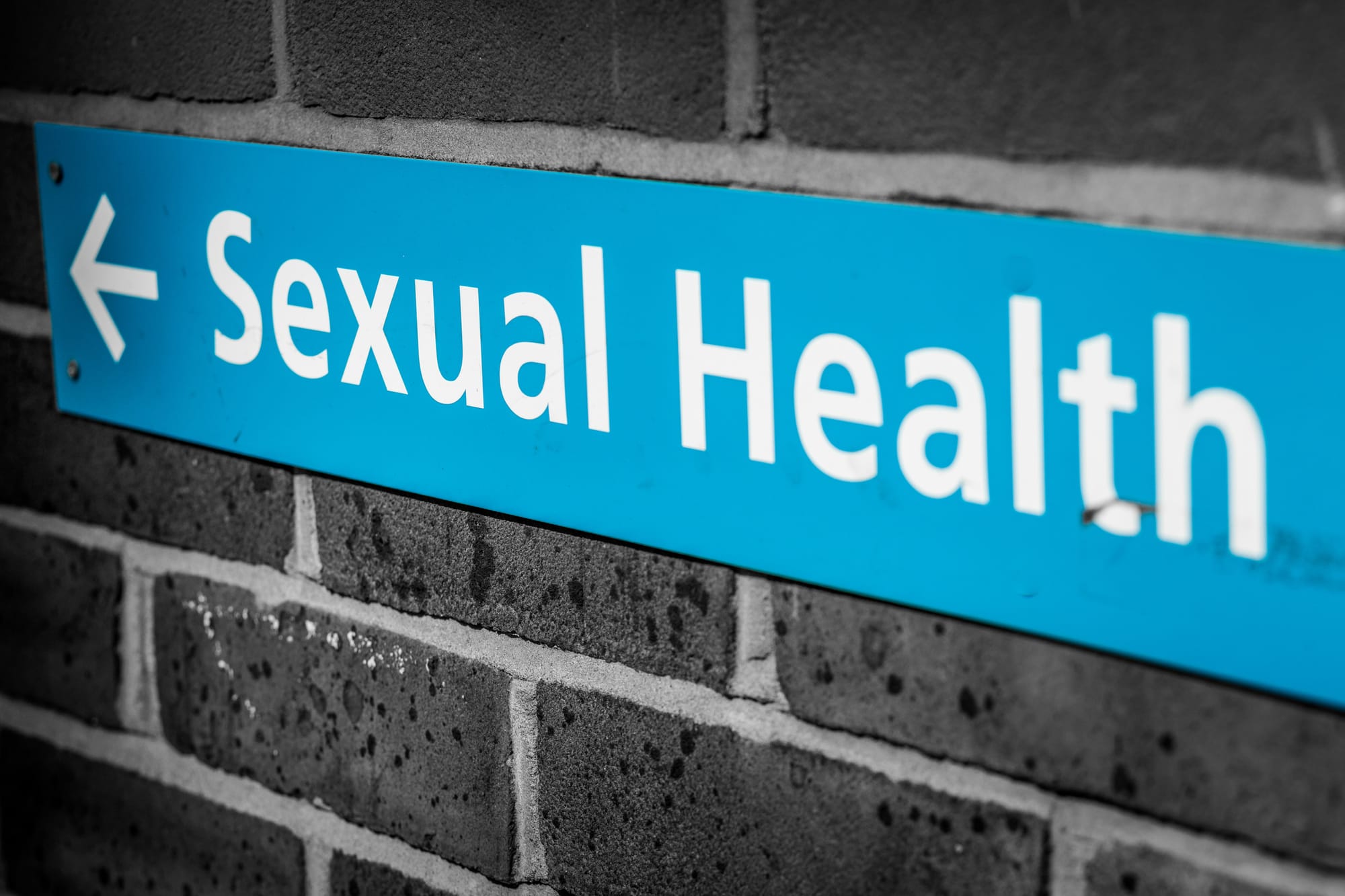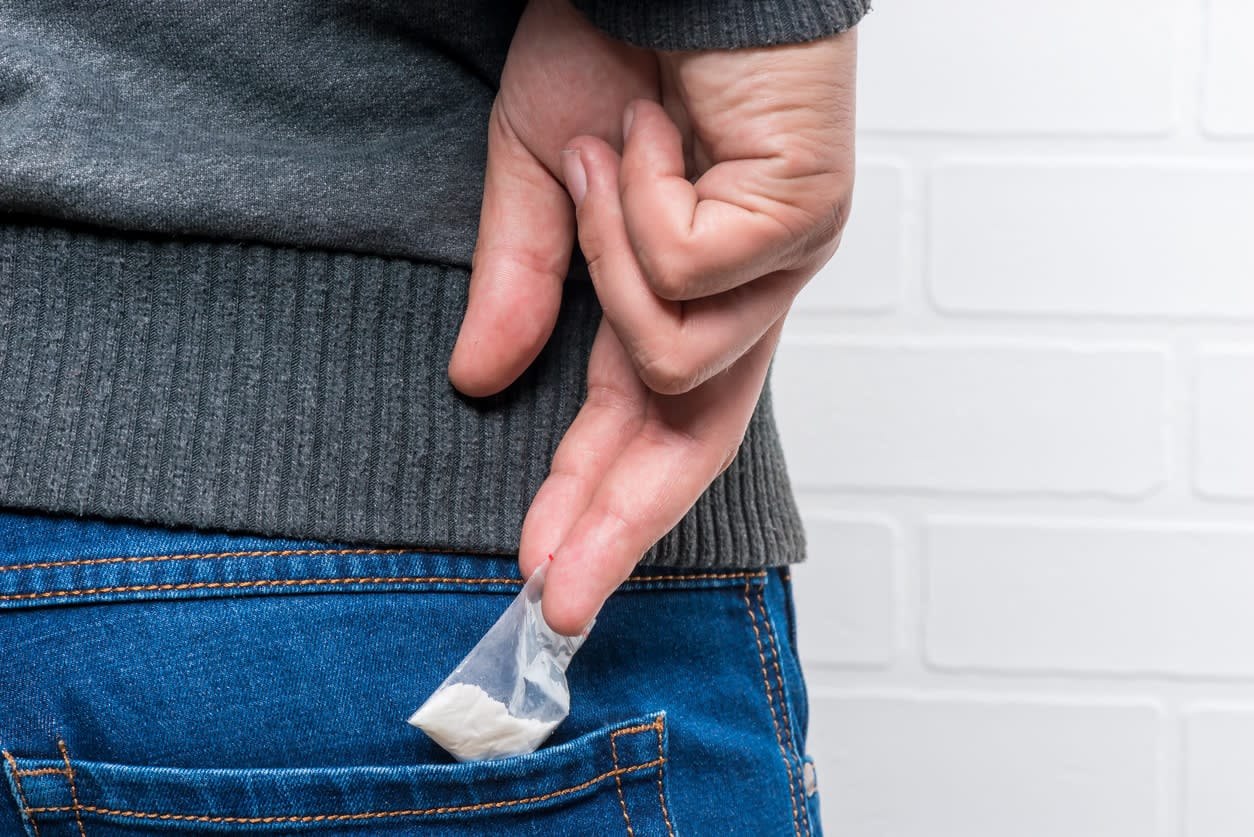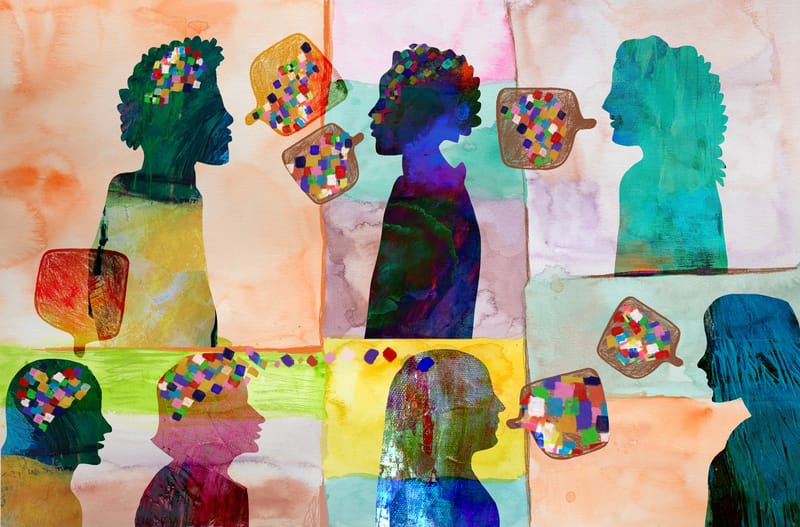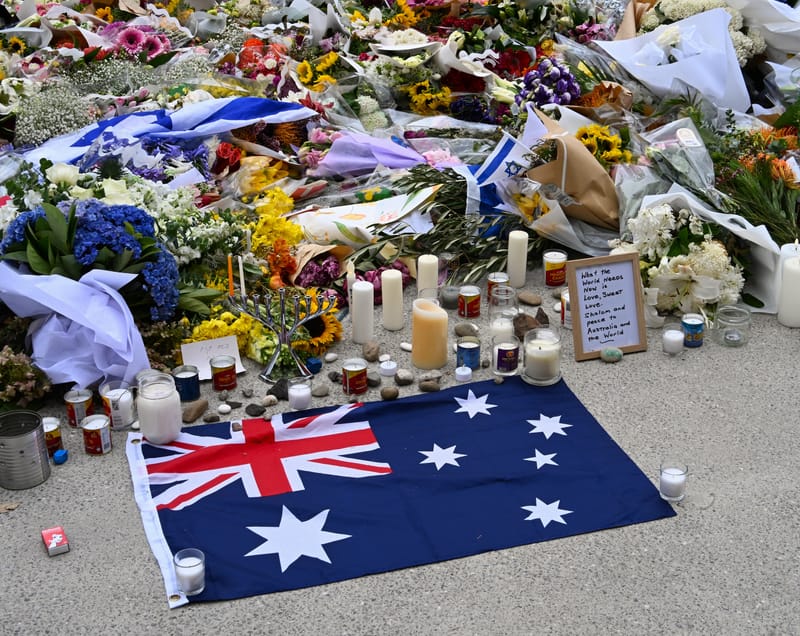
‘Chemsex’ or ‘party and play’, the practice of sexualised drug use by men who have sex with men, is a phenomenon raising concerns among health professionals about the associated transmission of sexually transmissible infection (STI), as well as the risks and social problems involved with drug use.
The subculture among gay, bisexual and other men who have sex with men (GBMSM), came to light in a graphic documentary that screened in Australia in 2016 probing the dark side of London's chemsex scene. The practice has been growing in Australia in the past few years.
Yet academic research into the area and its risks to health has been sparse, and interventions to the problems associated with chemsex even sparser. Recently a Monash University researcher focused international scientific attention on the issue in a bid to look at the practice in a reasoned and evidence-based way, and to identify solutions.
Associate Professor Jason Ong from the Central Clinical School at Monash University and the London School of Hygiene and Tropical Medicine, together with Associate Professor Adam Bourne from the Australian Research Centre in Sex, Health and Sexuality (ARCSHS) and Dr Mark Pakianathan from St Georges University (London), collated a number of studies into chemsex and healthcare approaches to it in a special-issue edition of the CSIRO-published journal Sexual Health.
The multidisciplinary edition draws together material from researchers in several countries, looking at issues that range from the physical, psychological and social factors that draw GBMSM to the practice, the effects of particular drugs used, case studies, and public health responses to treatment and peer support.
Drug combo
A triad of drugs is commonly used at chemsex gatherings: GHB (gamma-hydroxybutyrate), ice (crystal methamphetamine) and ketamine, sometimes in combinations of drugs. They increase confidence in social settings, enable more intense sexual sessions, greater longevity of sex and, with it, the potential for a higher number of sexual partners and likelihood for condomless sex, the study says.
Professor Christopher Fairley AO, director of the Melbourne Sexual Health Centre, said several factors made chemsex parties a risky prospect for health.

“At an individual level it increases libido,” Professor Fairley said. “It tends to increase the behaviour that puts people at risk of sexually transmitted infections, the number of partners people have, and the increased duration of sex that they have. The sexual act will go on longer and the duration with one person goes on longer, too, and that’s consistent with findings that show this is a risk factor for most STIs,” he said.
“One big driver might be this group sex phenomenon that chemsex is creating. If you’re in a room with 10 different people you get a much more rapid change of partners than if you met 10 different people individually.”
While some GBMSM men are taking biomedical interventions to prevent HIV, they were still in danger of developing STIs including syphilis, hepatitis A, gonorrhea and the chlamydial disease lymphogranuloma venereum (LGV), and also blood-borne diseases such as hepatitis C through needle-sharing, Professor Fairley said.
“There are some men whose drug use can become problematic and lead to significant social and medical challenges,” Associate Professor Ong said. “This is where we, as health professionals, must be equipped and ready to stand in the gap to provide high-quality and evidence-based services to help those who seek to reduce or stop their drug use,” he said.
Ups ... and downs
For ‘Russell’, who’d been living with HIV since he was 19, taking crystal meth initially helped free him from a feeling of being ‘trapped’ by the social and other issues around his HIV status, and ‘inhibited’ in sexual engagement. Russell took part in a series of videos called Be-Longing For It, produced by the Victorian AIDS Council’s Alcohol and Drug Projects team.
“When I tried crystal meth, all that stuff seemed to dissolve away,” he said. “For the first time in ages I felt like I was empowered, like I was disinhibited ... I felt like all that stigma, all those barriers and walls that had been built up through living that life had just melted away.
“The sex was amazing, it was completely liberating,” he said. “I used to have lots of people coming around, and once you get on a run and you’re awake on meth for three or four days, you end up with half a dozen people in your living room and sometimes it felt really surreal – you’d be sitting in your lounge room and you’d look around and there’d be five or six guys having sex.”
However, it wasn’t long before he began to feel like “there wasn’t the intimacy and connection I was really starting to crave; it just felt like it was on repeat mode”.
“Sometimes I felt like because I could maintain an erection for a long period of time, I felt like that’s what they were more interested in than me. That’s the first time that I could see my use had started to become problematic.”
Russell’s world started to shrink as he became disengaged from family and friends, isolated and using drugs alone in his public housing flat. He became trapped in a downward spiral of self-loathing and despair that only ended after a failed suicide attempt.
"We can’t simply demonise chemsex and assume all users are ‘bad’ and must stop using drugs immediately.”
Associate Professor Ong said that despite media reports, only a minority of GBMSM use drugs, and only a small proportion of these do this in a sexual setting.
“Reading about chemsex in the popular press, sometimes the impression is that sexualised drug use is an uncontrolled and disastrous epidemic that’s plaguing the majority of GBMSM in Australia and around the world,” he said. “Also, we can’t simply demonise chemsex and assume all users are ‘bad’ and must stop using drugs immediately.”
“My editors and I have specifically sought to publish practical and evidence-based articles from global leaders in this field to dispel myths that may surround this topic and to learn from their decades of experience.”
Findings and discussions in the Sexual Health edition emphasise the need to engage “sensitively, non-judgmentally and meaningfully” with gay men about the practice to help improve their sexual health and total wellbeing, he said.
Other editors on the paper were first author Dr Adam Bourne from the Australian Research Centre in Sex, Health and Sexuality, La Trobe University; and Dr Mark Pakianathan from Sexual Health South West London and St Georges University Hospital Foundation Trust, London.





